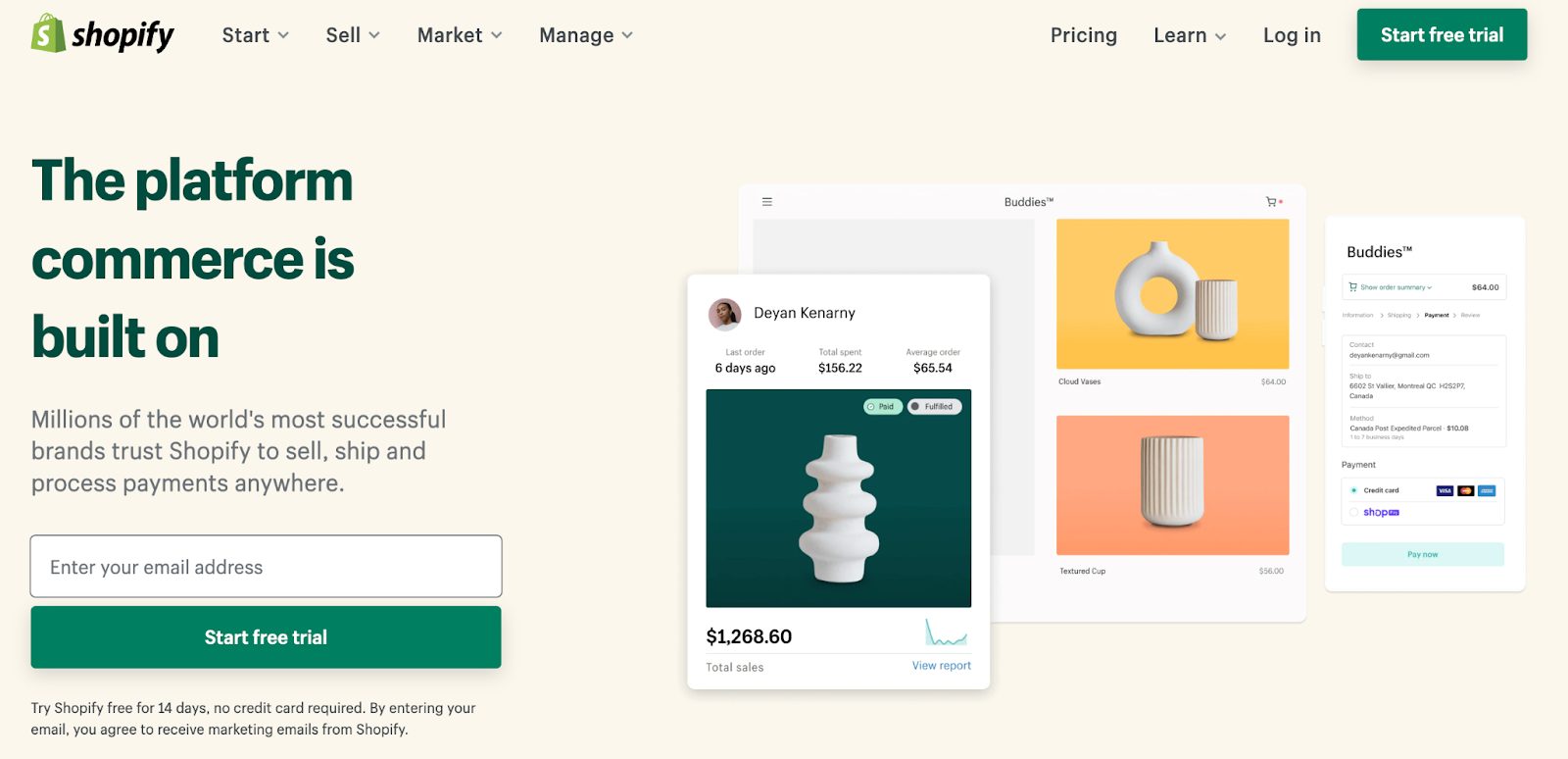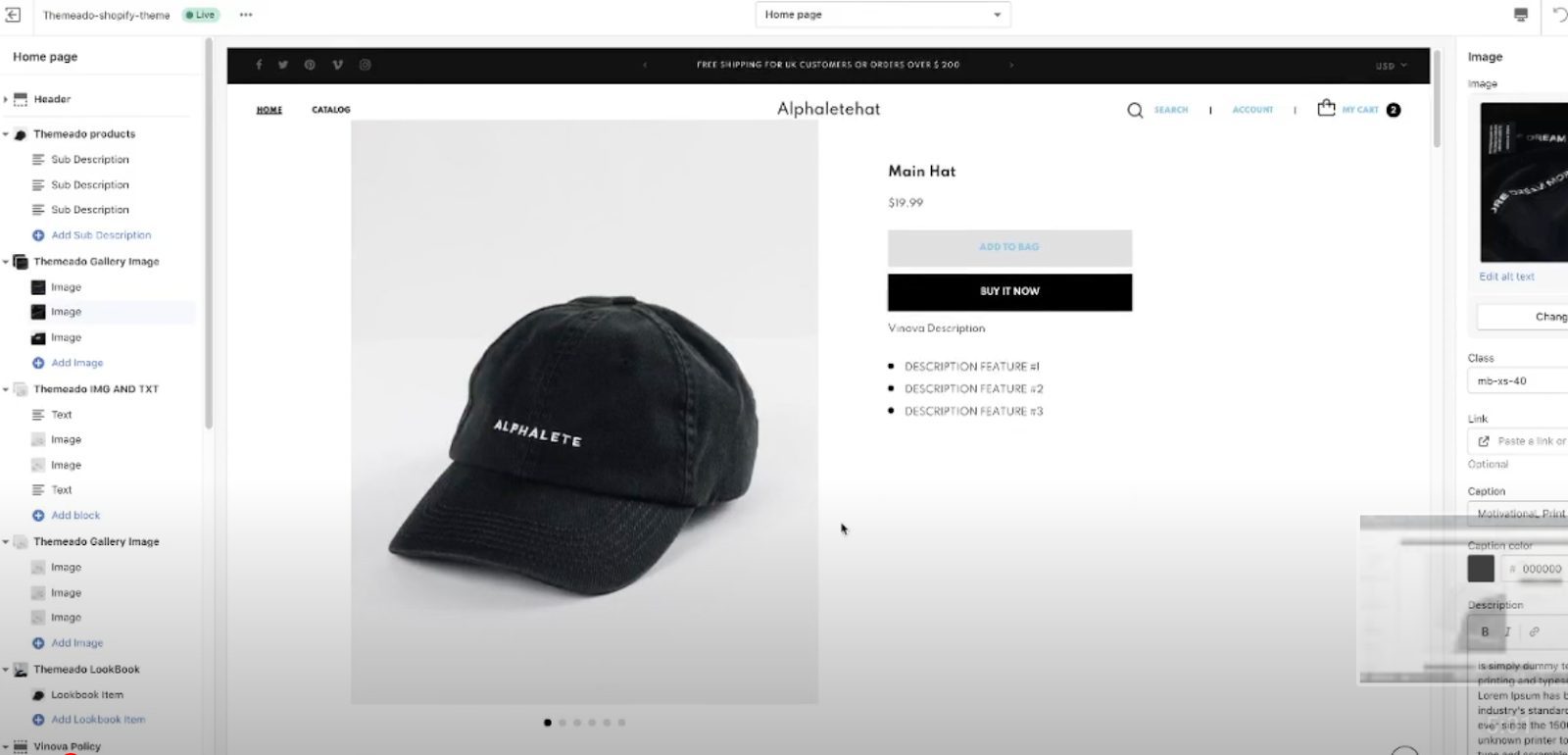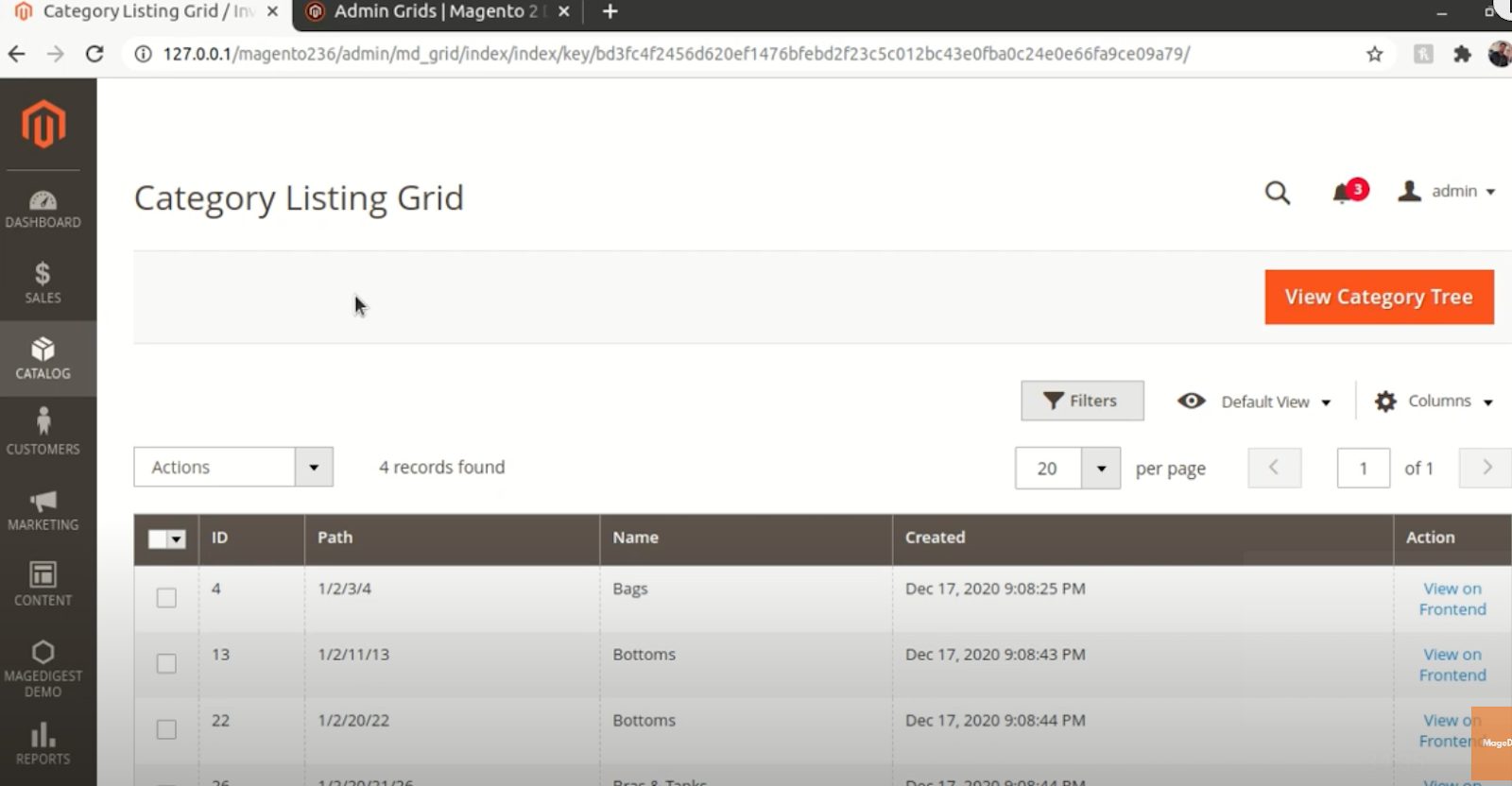What Are the Top 3 Headless Commerce Software Solutions?
Due to a 22.9% compound annual growth rate (CAGR), headless commerce software is expected to reach $1.6 billion by 2027. Headless commerce software is rapidly revolutionizing business operations in the digital era. Headless commerce allows organizations to develop more dynamic and customizable user experiences by separating the user interface displays from the system's backend, unlike typical e-commerce systems.
Being flexible is essential because 73% of customers prefer businesses that provide customized purchasing experiences. Headless commerce facilitates the seamless integration of new technologies, improved performance, and channel scalability for enterprises operating on websites, mobile apps, social media, and Internet of Things devices.
Headless commerce provides the flexibility required to meet client needs and future-proof corporate operations as businesses attempt to stay relevant in an evolving market.

source: orienteed
What Is Headless Commerce Software?
headless commerce is an architecture that provides an e-commerce solution that stores, manages, and delivers content by separating the site's front-end from its back-end commerce functionality.
Developers can use the APIs to serve things like: products, blog posts, or customer reviews to any screen or device. At the same time, the front-end developers can work on presenting such content using whatever framework they like.
Essentially, all functional elements (such as products, forms, blogs, banners, etc.) of the system can be managed programmatically. This includes the creation and management of content components.
With a headless e-commerce platform the front end (or "head"), which in most cases is usually a template or theme, has been decoupled and removed, leaving only the back end.
Headless architecture gives retailers greater freedom to customize and build the type of store they want. They are updating the front-end without the need to touch the back end. On the other hand, the headless architecture also gives flexibility to create new user experiences for shoppers.
For a better understanding, let us highlight these two concepts:
- Front-end The customer-facing digital storefront is also called the presentation layer. This can be much more than just a website, including channels like social media, mobile apps, and the millions of devices we use in the Internet of Things (IoT). The IoT includes things like smart mirrors, self-service kiosks, vending machines, wearable devices, and voice-assisted technology like Amazon Alexa.
- Back-end. It's all the systems, processes, workflows, and tools that run in the background to handle operations and make sure your business runs smoothly. This technology stack can help with activities like marketing, fulfillment, integrations, data storage, and payment.
The separation of front-end y el back-end is important because traditional trading platforms strictly tie these two elements together. By separating these layers, brands can be more creative in developing an amazing customer experience that brings together all types of channels and devices, without limitations or borders.
Top 3 Headless Commerce Software Solutions
1. Webnexs Headless Ecommerce
Webnexs provides a strong headless e-commerce solution for businesses looking for amazing integration and customization options. You can build and manage individual shopping experiences on a variety of platforms, including devices, mobile, and the web, thanks to its API-first architecture.
Webnexs is unique in that it can accommodate challenging ecommerce requirements, enabling developers to create unique frontends while keeping a strong backend. Businesses that need to effortlessly integrate ecommerce features into their current systems will find it very helpful.
Webnexs also facilitates faster development cycles, which helps companies offer website updates and features more quickly. Webnexs is perfect for companies of all sizes trying to keep up with other businesses in a quickly changing digital market because of its scalability and flexibility.
Understanding Headless Commerce APIs
The term Headless Commerce API refers to the separation of the frontend presentation layer (“head”) from the backend processing layer (“body”) through APIs. In this model, a headless commerce backend does not include a predefined frontend for customer views but instead handles commerce logic like product data management, cart actions, and checkout processing via APIs.
Functionality of Headless Commerce APIs
APIs are protocols that enable applications to communicate and transfer data. In a headless commerce setup, APIs manage user actions, retrieve data, and perform tasks behind the scenes. This process is akin to a restaurant where a waiter (API) coordinates orders between the customer and the kitchen (backend systems).

2. Shopify
Shopify is a huge name in the world of eCommerce. It’s a stable and secure platform with a huge app store

source: chargebee
For a long time, Shopify was a standard eCommerce platform. However, its GraphQL API suddenly made it compatible with headless commerce through Shopify Plus, propelling it into the modern age and holding onto its place as one of the world’s most relevant and trusted platforms.
When using headless commerce as a part of Shopify Plus, you can publish to any channel with complete creative control along various touchpoints and devices.
You’re able to integrate all of the different systems that make your business run, including your CRM, PIM, CMS, and ERP, to name a few. There are apps for Google Sheets, Slack, Mailchimp, Apple Business Chat, and many other big-name services. You can also integrate with third-party marketplaces, including eBay and Amazon.
This platform is famous for stability, with an easy-to-use dashboard and an intuitive content management system.
Shopify offers a free trial, and regular plans start at $29 per month. The Shopify Plus SaaS enterprise-level service costs $2,000 per month. You can use a Shopify fees calculator to estimate the costs of using the platform, including transaction fees and credit card rates.
What’s the User Interface Like?
Shopify boasts a clean user interface with clearly defined menu options. It’s effective on both the back end and user-facing sides.

source: chargebee
3. Magento( Adobe commerce)
Now known as Adobe Commerce, Magento is a highly customizable headless commerce platform. Web developers can create custom applications that fit the needs of their customers using this service. It also includes several omnichannel solutions stored on the cloud that make it easy to combine digital and brick-and-mortar shopping.
With the company’s famed inventory management system, you can track what you have in stock across all of your locations, including stores and warehouses, among others. This information is kept in real-time, so you’ll always have a strong sense of what’s available.
Magento is famous for its analytics, offering enhanced data visualization. Your data can be easily exported right to an inbox, providing insights into retention rates, lifetime value, and average order value over a chosen period.
Magento allows for custom integrations through the REST and SOAP web API frameworks. You can create CRM, CMS, PIM, ERP, accounting, marketing, and inventory management integrations, to name a few.
Pricing for Adobe Commerce is available upon request.
What’s the User Interface Like?
Magento has a clean user interface with a central dashboard and sidebar menu that allows you to access the core features of the service.
A strong headless commerce software is provided by the well-known e-commerce platform Shopify. Businesses may use Shopify's advanced backend to manage goods, orders, and payments retaining their frontend frameworks due to the platform's flexibility that divides frontend and backend functions.
Businesses can develop effortless omnichannel experiences across online, adaptable, social media, and even in-store via Shopify's headless architecture, which allows interaction with many APIs. Shopify's strong backend infrastructure and large plugin library provide both scalability and flexibility.
Companies looking to reduce expenses and eliminate code without sacrificing the flexibility to customize and enhance the user interface user experience will find it very helpful. Because of its reliability and global presence, Shopify is a great option for companies trying to grow quickly.

source: chargebee
What Kinds of Integrations Are Available?
You can create custom integrations with Magento using the REST and SOAP web API frameworks. This lets you create integrations for your CRM, PIM, ERP, CMS, marketing tools, inventory management, and accounting platform.
Benefits of Headless commerce
You as a business are now sure of how headless commerce works. So now if you’re considering moving to headless commerce, this is a fact that the advantages usually outweigh the challenges and can significantly speed up the success rates of your company.
This headless commerce is suitable equipment for all custom tasks. Businesses and brands can create unique experiences that customers won’t find anywhere else with the help of headless commerce. APIs are essential in achieving this because they allow for coordinated, brand-consistent experiences across channels that are powered by common commerce services like promotions, inventory, product information, and more. Some certain benefits of headless eCommerce include:
Increases Employee Adoption
The learning curves for new technologies can be quite steep, some organizations may be reluctant to adopt them. This issue can be resolved because everyone in your group can quickly access and upgrade the whole front end without having advanced skills when combined with a contemporary commerce platform and headless commerce’s simplicity.
Appropriate Equipment For the Task
Brands can create unique experiences for customers through a headless commerce system by using the tools at their disposal. APIs are essential in this because they enable synchronized, product experiences across channels, powered by common commerce services like promotions, advertisement inventory, product information, and more.
Time Efficient
Developers save time by changing the user interface more quickly because changes to the front end can be made agilely. Additionally, with headless templates and partner solutions, developers only need a short fix that can be done with a few coding steps and this will boost commerce apps to improve opportunities.
Conclusion
When modern organizations want to remain competitive and adapt to evolving market needs, they must select the best headless commerce software. Businesses are using these adaptable solutions more frequently to meet their changing needs, and the headless commerce business is expected to reach a value of $1.6 billion by 2027. With its outstanding customization possibilities and smooth integration.
Webnexs Headless Ecommerce stands out among the leading competitors, allowing a broad range of front-end software and business requirements. Depending on the demands of your business, Webnexs, Wcart, or Shopify are all excellent platforms. With the correct headless commerce software, you can improve customer satisfaction, scale your business efficiently, and improve your online store operations.







.png)






